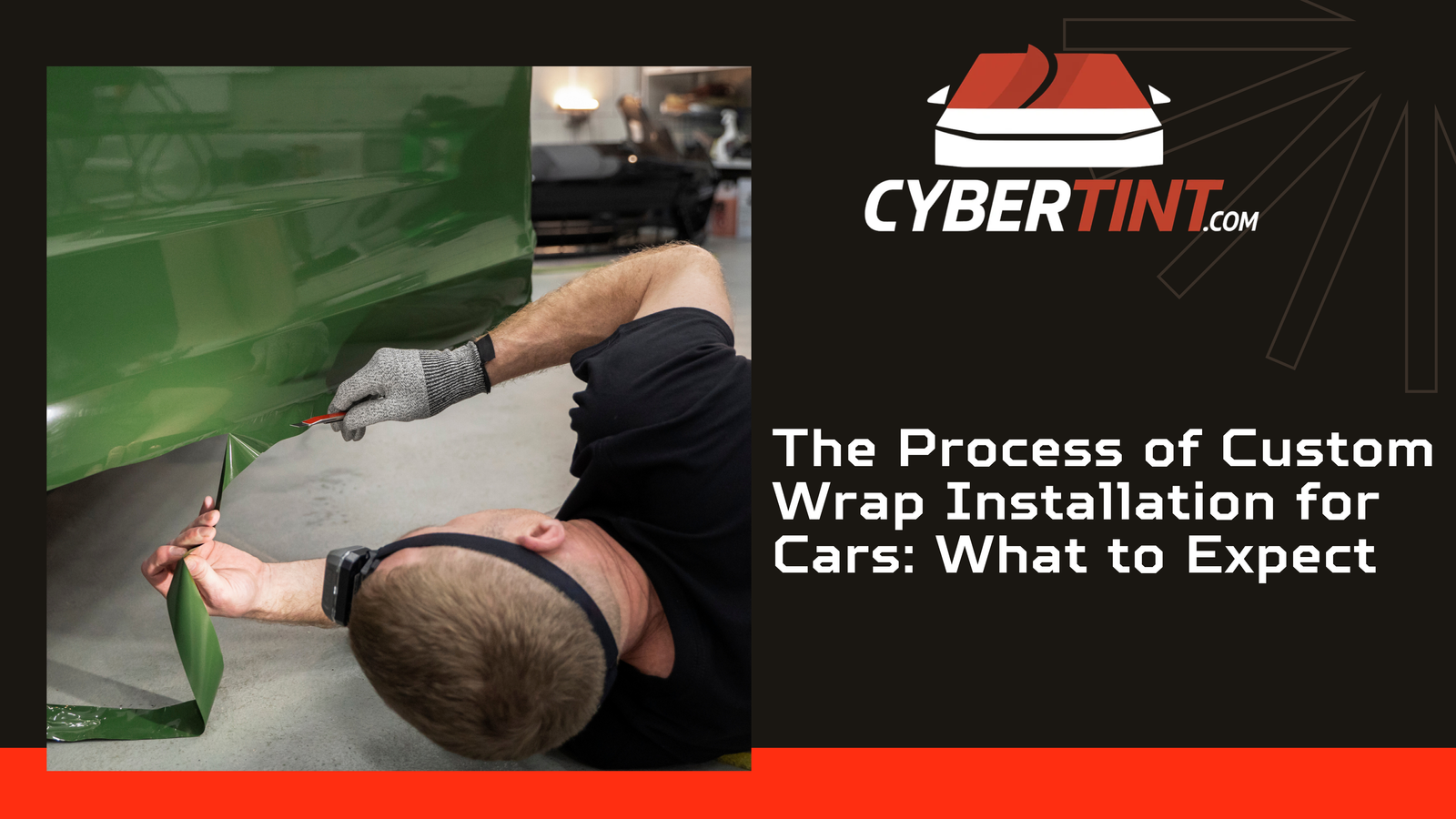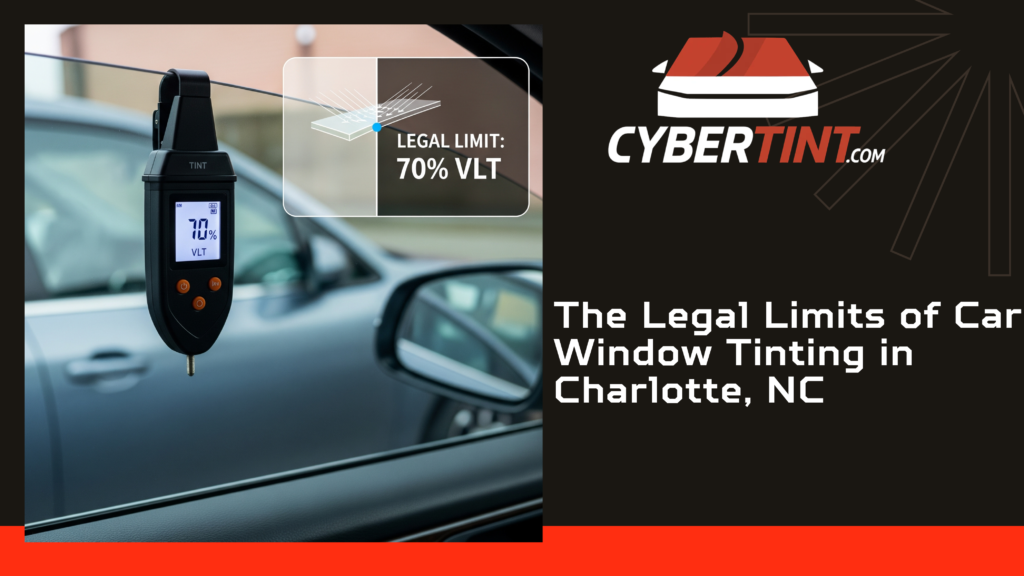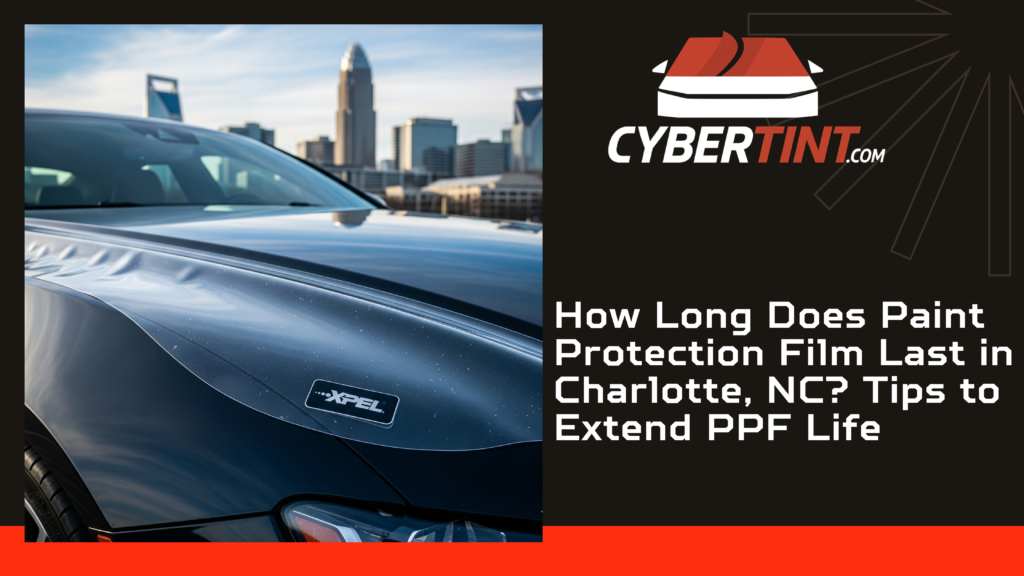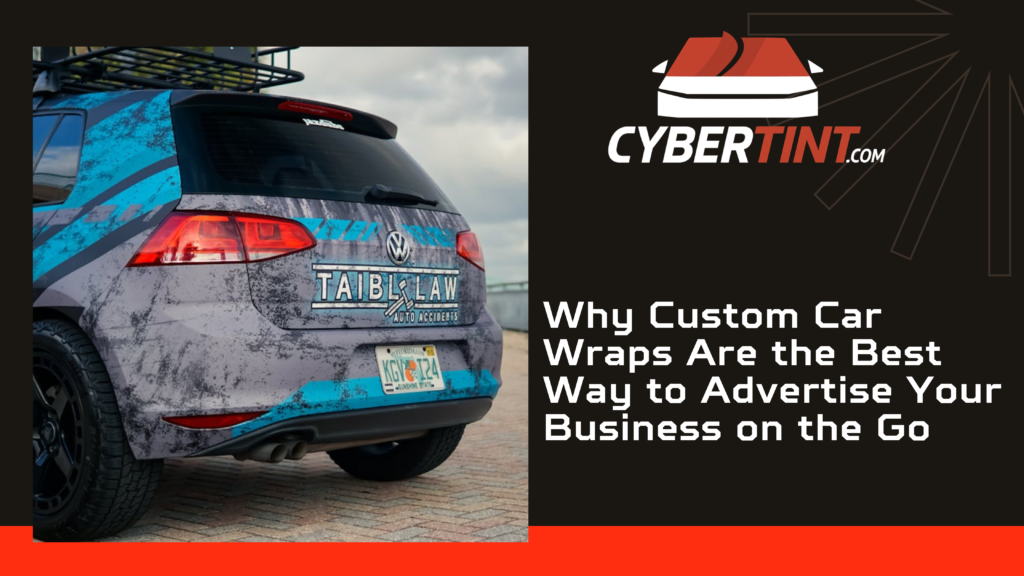Custom car wraps are an increasingly popular choice for personalizing vehicles without the permanence of a paint job. From business branding to aesthetic upgrades, vehicle wraps offer flexibility, protection, and creativity at a relatively affordable cost. But what does the wrap installation process involve? If you’re considering wrapping your car, understanding each step can help you prepare and ensure the best possible results.
Step 1: Initial Consultation and Design Planning
The first stage in the car wrap process begins with a detailed consultation. This is where you meet with the wrap service provider to discuss:
- Your design preferences (color, finish, branding, or graphics)
- The type of wrap (full wrap, partial wrap, roof wrap, etc.)
- The condition and size of your vehicle
- Budget and timeline expectations
If you’re opting for a custom design, this step also involves graphic designers creating mockups using templates of your specific vehicle. You’ll typically get to approve the final digital render before the wrap is printed.
Step 2: Vehicle Preparation and Surface Cleaning
Before applying the wrap, the vehicle needs to be thoroughly cleaned and prepped. Even tiny particles can affect the adhesion and smoothness of the wrap. This stage includes:
- Washing the car to remove all dirt, grease, and wax
- Removing emblems, trims, or parts that could interfere with the wrap application
- Cleaning the surface again with isopropyl alcohol to eliminate any residue
- Light sanding or buffing if the paint has imperfections
Professional wrap installers will often perform this step indoors in a dust-free, temperature-controlled environment to ensure optimal results.
Step 3: Printing and Laminating the Wrap
If a custom design is involved, the wrap is printed using large-format printers on high-quality vinyl. Once printed, the wrap is laminated. Lamination:
- Protects the graphics from UV rays
- Adds durability and scratch resistance
- Enhances the finish (matte, satin, gloss, or chrome)
The printed wrap must be allowed to cure (rest) for a few hours before installation to avoid ink bleeding or stretching.
Step 4: Precision Installation by Trained Professionals
Now comes the core part of the process, installing the wrap on your vehicle. This is a meticulous process that requires expertise and patience.
Key steps include:
- Aligning the printed wrap panels based on the design layout
- Applying the wrap using squeegees, heat guns, and precision tools
- Stretching and conforming the vinyl around curves, edges, and crevices
- Trimming excess material with precision to avoid overlaps or peeling
- Reattaching removed parts (emblems, trims, mirrors)
This process can take anywhere from 1–3 days, depending on vehicle size and wrap complexity.
Step 5: Post-Installation Inspection and Finishing Touches
After the wrap is applied, the installer will conduct a thorough inspection. They’ll look for:
- Air bubbles or trapped moisture
- Loose edges or misaligned panels
- Surface inconsistencies or wrinkles
If needed, heat is reapplied to seal the edges and secure the adhesive. In some cases, the car may stay overnight for the wrap to cure completely.
Step 6: Aftercare and Maintenance Tips
Proper aftercare can significantly extend the life of your wrap (which typically lasts 5–7 years). Here’s what to keep in mind:
- Avoid washing the car for 48 hours after installation
- Hand-wash with a mild soap, no abrasive brushes or high-pressure washers
- Park in shaded areas when possible to minimize UV damage
- Use wrap-safe detailing products for cleaning
Professional wrap shops usually provide an aftercare guide and may offer warranties depending on the material used.
What to Expect Overall
Custom car wrap installation is a collaborative, detailed process that involves planning, precision, and patience. By choosing a reputable installer and understanding what to expect at each step, you can ensure your investment pays off with a flawless, head-turning vehicle finish.
Final Thoughts
Whether you’re wrapping your car for branding, aesthetics, or protection, knowing the process helps set realistic expectations. Custom wraps provide a versatile alternative to paint jobs and can be reversed or changed as your preferences evolve. Always work with certified professionals and follow proper care to enjoy the full benefits of your vehicle wrap.




